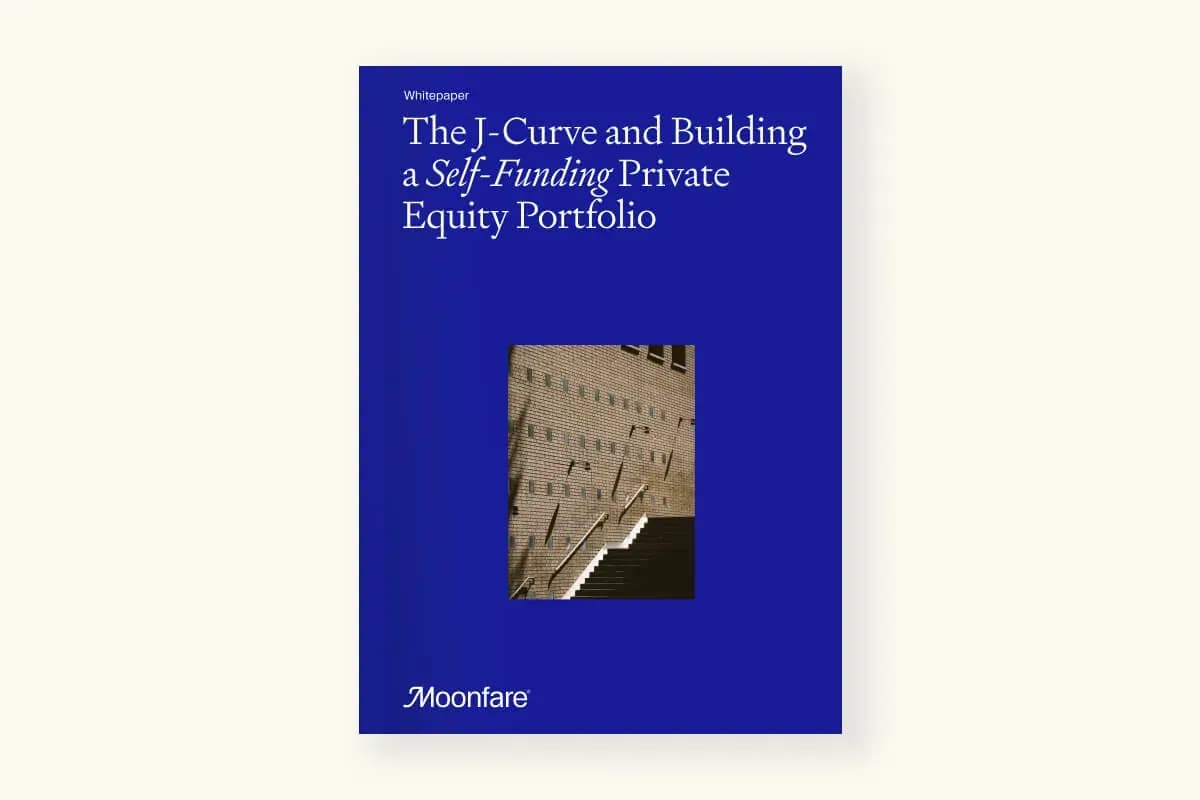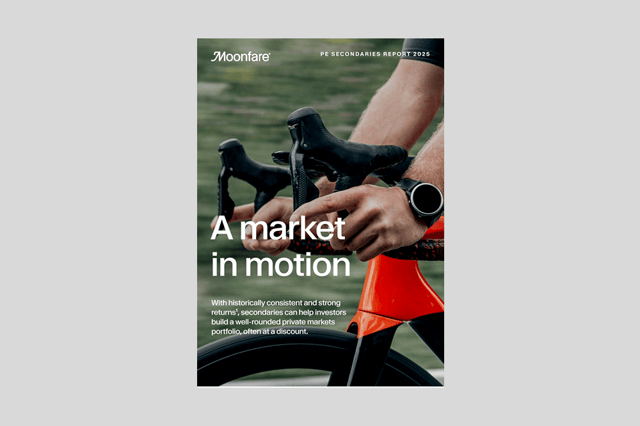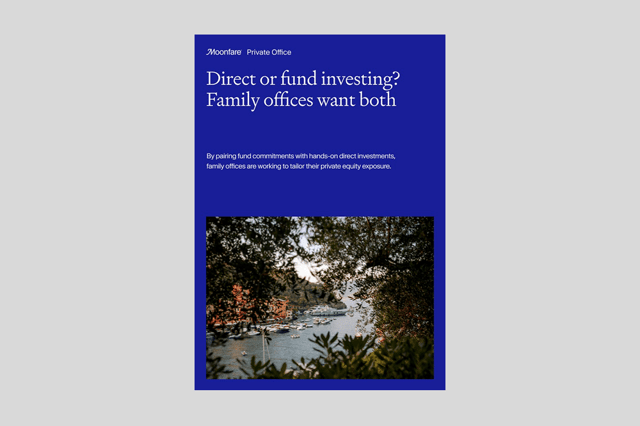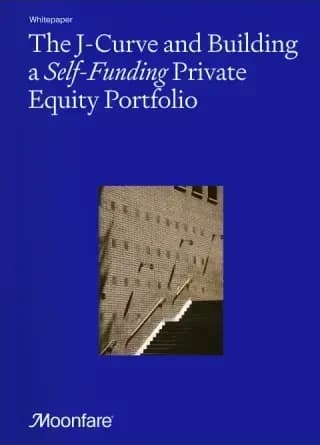
White paper
The J-Curve and Building a Self-Funding Private Equity Portfolio
January 1, 2021
6 pages | 9
9
About the report
What is a J-Curve? Simply put, J-Curve shows net cash flows of a private equity fund investment. The depth and height of the J and the width of its trough all reflect different aspects of private equity funds’ performance. This report includes all the ins and outs of the famed curve as well as explains how investors can use the dynamics of several J-Curves to their advantage.
Key highlights
- J-Curve flattening Flatter J-Curve is good news for investors. Smaller, more gradual capital calls allow them greater latitude in managing their broader portfolio. The cash committed to a private equity fund may also be partially committed to another security or invested in another way.
- J-Curves in a portfolio of funds Each of the underlying funds has its own investment metabolism and thus its own schedule of capital calls and distributions. Patient and persistent investors could potentially use differing dynamics to their favor and build a self-funding portfolio.
- J-Curve at Moonfare Moonfare typically calls 25% of committed capital upfront in the feeder fund vehicles it manages. This capital forms a buffer that assures that we are ready to meet the capital calls of the general partners we work with.
More white papers

Private equity secondaries in 2025: market in motion

Direct or fund investing? Family offices want both

How can semi-liquids improve PE portfolios

AI investing in 2025: Key trends driving the market

Moonfare Investor Survey 2025: Watching the winds

How can family offices seize the opportunity of the Great Wealth Transfer
